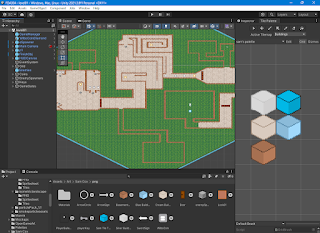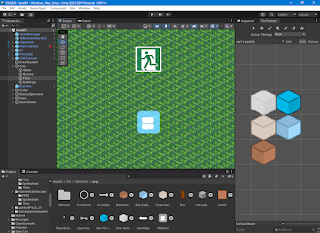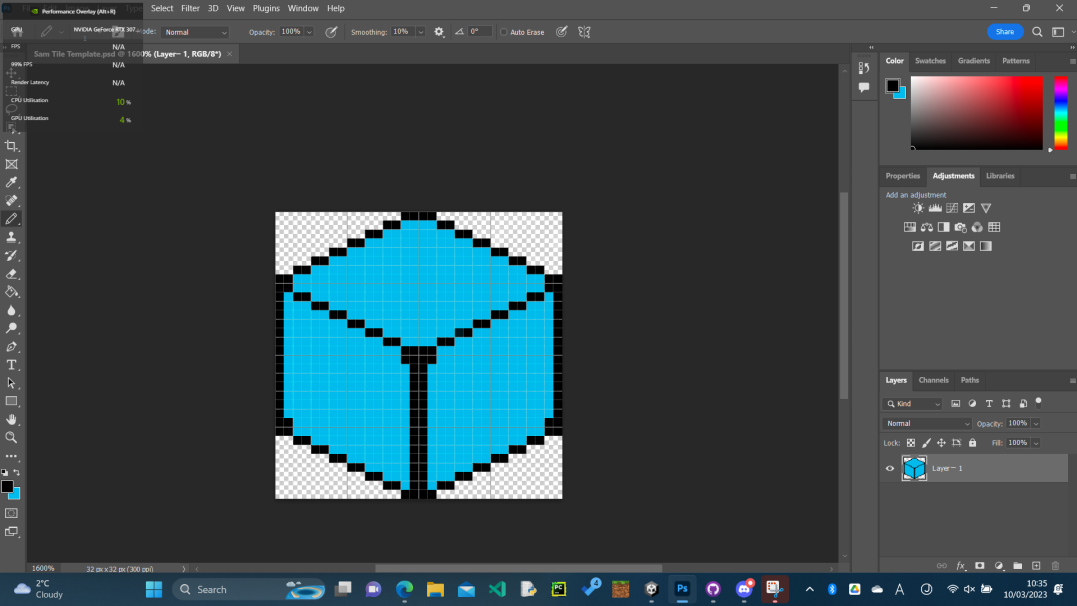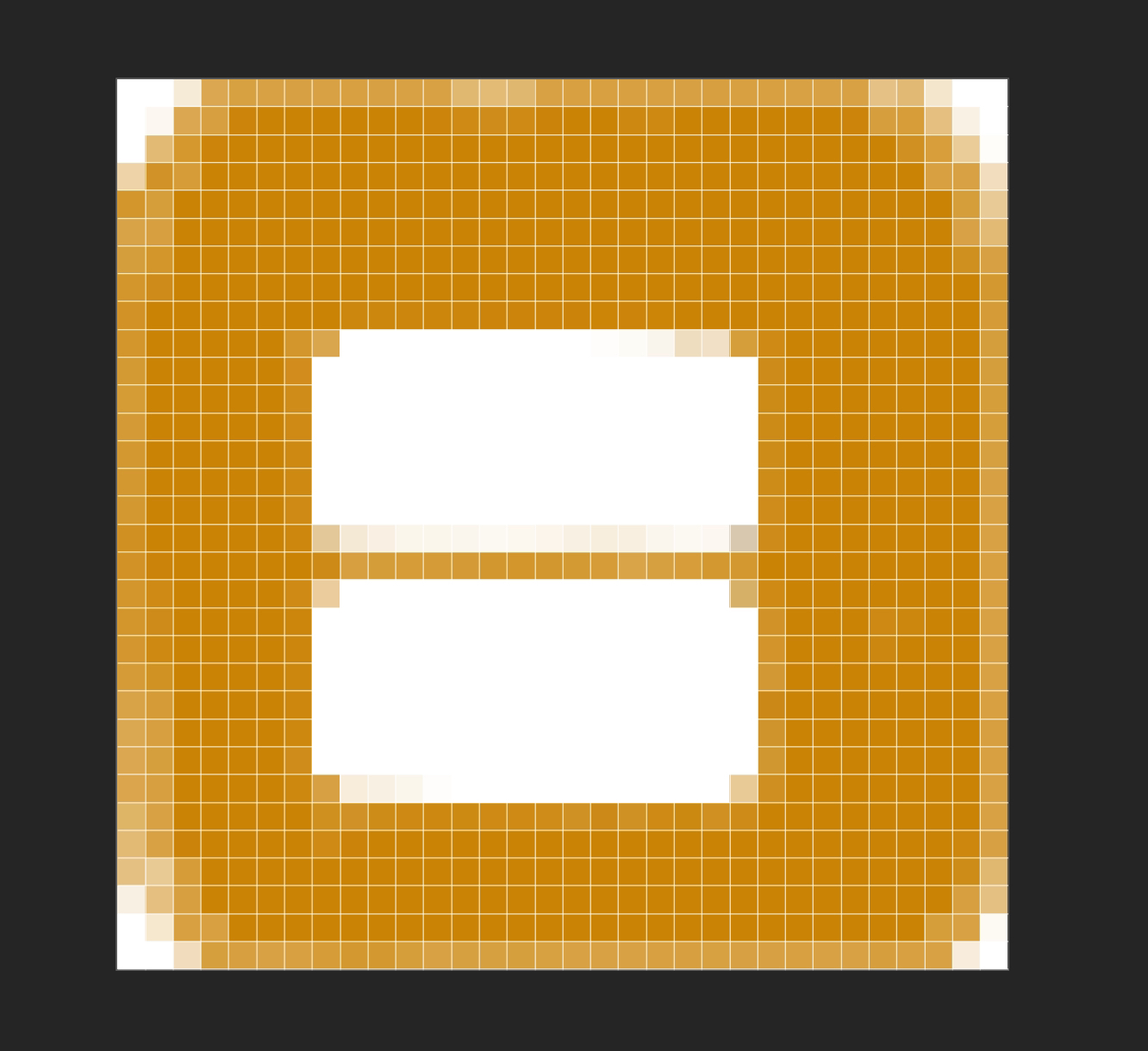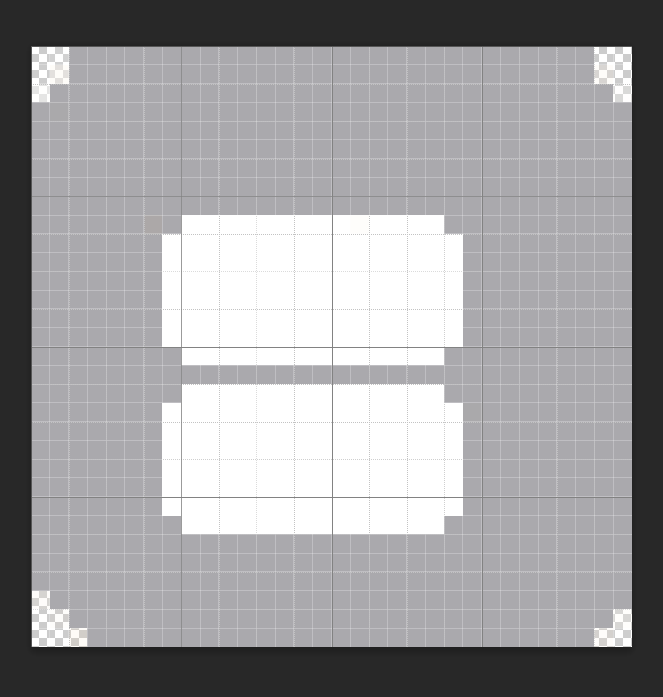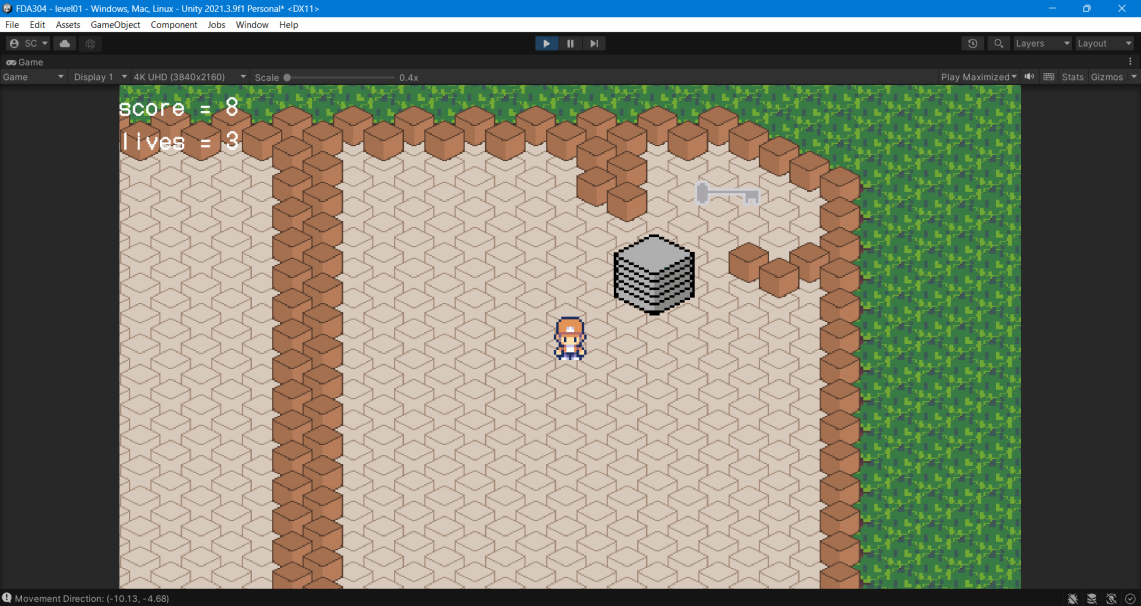Here are some of the changes I've made to my final project:
Pause Menu.
One of the major changes this week is the introduction of a pause menu, accessible with the Esc key. I wanted to be able to pause and reset the game whenever needed and the pause menu allows for that.
One issue that I will address soon is that, because of the way the game pauses, the player can turn but not move. Although I have introduced a variable for pausing in the necessary script, I will need to introduce it as a condition for turning.
EnemySpawner object.
One of the additions that was suggested to me by my teacher was a GameObject in Unity, that you could shoot down and that would spawn enemies. I thought it was a good idea and so I added it into the game. I made it so that the colour of the object reflected the health of the Spawner, and when the Spawner's health dipped to below or at 0, then it would spawn a number of enemies near the location of the spawner device.
This was fairly easy to program, as it mainly relies on the OnCollisionEnter2D function that I have used many times before in Unity. The trickiest part was the colour mechanism, as I wasn't able to directly change the colour of the sprite by using the health integer.
Eventually, I decided to just check for the object's health and have the function update according to the number.
void CheckHealthLevel()
{
if (eSpawnerHealth > 75)
{
_spriteRenderer.color = Color.white;
}
else if (eSpawnerHealth > 50)
{
_spriteRenderer.color = Color.black;
}
else if (eSpawnerHealth > 25)
{
_spriteRenderer.color = Color.blue;
}
}
New player sprite.
Based on user feedback from a game development Discord server, I decided to swap out the sprites that the player previously had. What I went for instead was a series of sprites from the same sprite pack, but with a red baseball cap. I also decided to swap the enemies sprite to what the player previously had.
This sprite was better received from the server, and I agreed that I enjoyed the sprite more, so this is a permanent change. You can see the sprite changes below.
You may also notice that there aren't any animations for the enemy yet. This is something I will address within the upcoming week.
Player speed reduction.
Finally, I decided to place the easiest change this week as the last on this post. After gaining some feedback about player speed on a game development Discord server, I reduced the player's speed from 1.5 to 1 in the inspector.
The result is as shown below:
I decided to stick with the changes by applying it to the player prefab.
Conclusion.
This week, I added an object for enemy spawning, I changed the player's speed and the player's sprites.
Next week, I will fix the player's turning when the game is paused, I will also add animations to the enemy and I will work on the game's environment.















